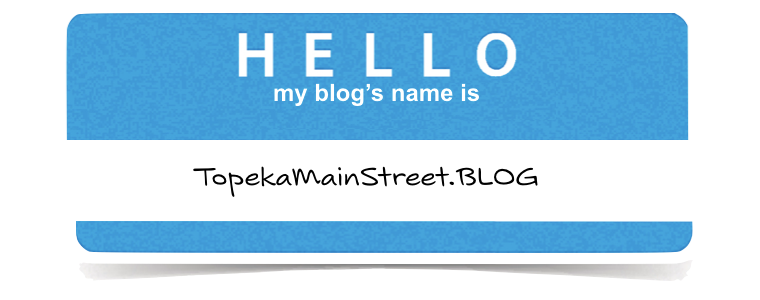Choosing a name for your blog is like coming up with a brand for your business. The name should convey a mixture of creativity and cleverness. But it can’t be too clever—you want people to know what the name means. Oh, and one more thing—the name should be understandable to a human audience as well as search engine bots.
The SmallBusiness.com Guide to Starting a Blog is sponsored and provided by GoDaddy.
- Name your blog and register its domain name (web address).
- Choose a blog platform.
- Choose a web host.
- Connect your domain name to your blog.
- Design your blog.
- Publish your first post.
- Promote that post and publish your second post, etc.
What are the differences in the terms “blog name,” “blog address” and “domain name”?
Easy answer: They can all mean the same thing. “Blog address” is another term for “domain name,” the name that web users type into a browser that takes them to a specific web page like example.com, example.net, example.org, etc. In this guide, we will use the term “domain name” when discussing the address of a blog.

Should your blog name be the same as your business website domain name?
Your blogging strategy will influence how you name your blog. Here are some guidelines.
MyHulaHoopStore.Blog | A blog that focuses solely on the activities of your company is a company blog and needs a name that reinforces the company’s name and brand.
HulaHoopster.Blog | If you want to cover a topic relevant to your customers, such as a blog that covers the entire industry or passion, use a branded blog—a name that reaches beyond your specific company.
HulaHoopWeekly.Blog | If your blog is to help establish your company’s leadership in your industry, you may want a blog with business media status.
How to research if a potential blog name’s web address is available
Type the name you’d like into this form and click “SEARCH.”

Can’t find a .COM domain name for your blog?
Check out these alternatives.
It may be easier to come up with a name for your blog than you think. While you may have missed out on that perfect .COM web address for your company website, you may discover a better chance for the perfect address for your .BLOG. Why? Until a few years ago, bloggers had just a few choices in web extensions—basically .com, net and .org.
Now you can actually have a .blog
extension for your blog’s web address.
Awesome, isn’t it? There’s also .buzz, .guru and dozens more—check out the whole list here.
Be sure to put some thought into what your blog’s name will be, including the extension you use. Make it easy on your potential audience to remember your name.

Tips for picking a perfect domain name for your blog
Make it easy to type into a browser address field.
Finding a domain name that’s easy to type is critical to online success. If you use slang (u instead of you) or words with multiple spellings (express vs. xpress), it may be harder for customers to find your site.
Keep it short.
If your domain name is long and complex, you risk customers mistyping or misspelling it.
Use keywords.
Try using keywords that describe your business and the services you offer. For example, if you’re a glass replacement business, you may want to register GlassRepair.com or GlassReplacement.com. It will help search engines find you.
Target your area.
If your business is local, consider including your city or state in your domain name to make it easy for local customers to find and remember. Example: PhoenixGlassRepair.com.
Avoid numbers and hyphens.
Numbers and hyphens are often misunderstood—people who hear your blog’s address don’t know if you’re using a numeral (5) or spelling out a number (five), or they misplace or forget the dash. If you need these in your domain, register the different variations to be safe.
Be memorable.
There are millions of registered domain names, so having a domain that’s catchy and memorable is essential.
Research it.
Use GoDaddy’s domain name search to see what’s available. Use services like the U.S. Patent Search or Google’s Patent Search to make sure the name you’ve selected isn’t trademarked, copyrighted or being used by another company. Without such research, you could be faced with an expensive, legal mess and a good chance you’d lose the domain anyway.
Protect and build your brand.
To protect your brand, purchase various domain extensions, as well as misspelled versions of your domain name.
Act fast.
If you’re having trouble finding an available name for your blog, domain registrars like GoDaddy will suggest alternate names during your search to help you find the perfect domain name.
How to register a domain name
When you determine what your domain name should be and have determined its availability via GoDaddy’s search tool, use the easy-to-follow directions for registering it.
(Note: You can use the search tool below, or you can learn more about registering a domain name in Step 4: Choose a Web Host.)
Need more help?
GoDaddy, the sponsor and provider of this guide, always has friendly helpers standing by who can chat online or talk on the phone 24/7 at: (480) 505-8877.
instock
Step 2 | Choose a blog platform
The contents of this guide were developed and sponsored by GoDaddy.
It may include opinions other than those of SmallBusiness.com.

